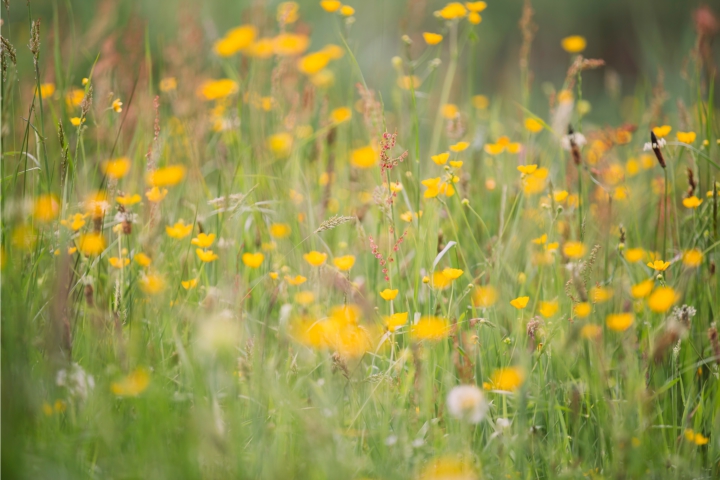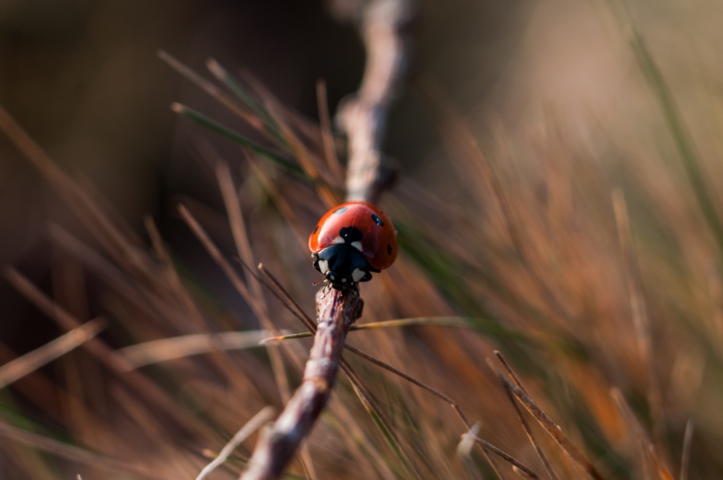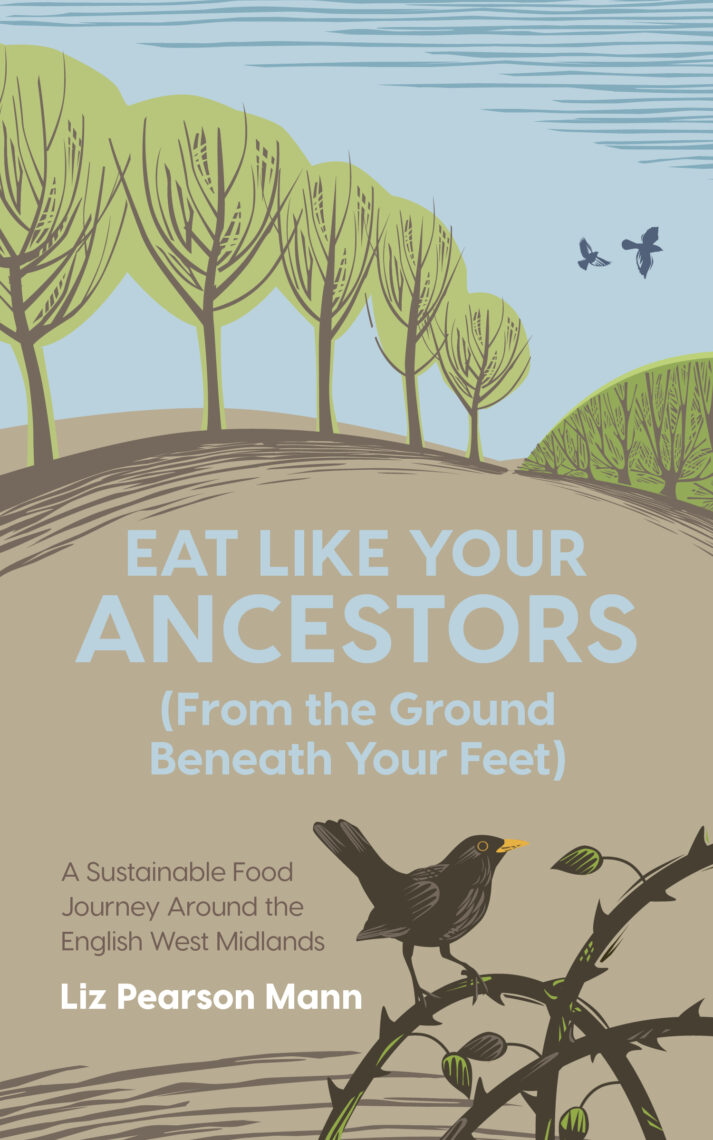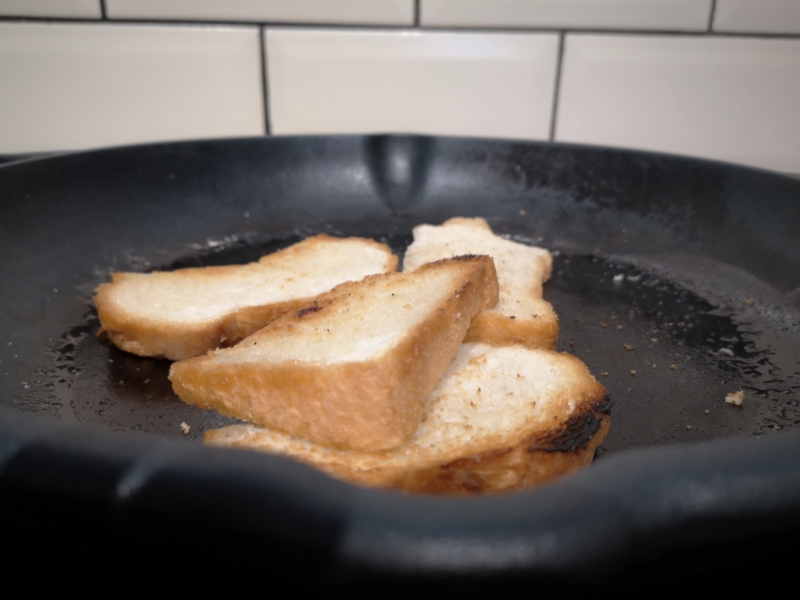Zero waste ways with fat and oil may be a lost art. When I was little, I loved bread and dripping. I remember at my Nan’s house the smell of cooked bacon drawing me to the kitchen where she was clearing up. I’d sidle up to her, and I’d say “Can I have some bread and dripping?” She’d scoop up some grease with a piece of bread, and say “Shssh”, as she handed me a piece. “Don’t tell your mum”.
I don’t know what the reason was. Perhaps it would spoil my appetite? Or maybe it was the fear that fat would clog our arteries? This was the 1970s, and that fear was taking hold.
All the same, the health scares surrounding saturated fat couldn’t have been too much of an issue as both my Mum and my Nan would save fat from the cooking into an old cup (usually with a missing handle) – the dripping cup. It could be found in the fridge at home, or in the cool pantry under the stairs at my Nan’s.
With Zero Waste Week under way you’ve probably been seeing all sorts of useful tips to reduce your food waste. And, I’ve been making a concerted effort myself with good results. I’m down to less than a quarter of a small food caddy each week. Most uncooked food goes to the compost bin, and many people do better than that. I haven’t got everything down to ‘T’, though, as there’s always something that can go wrong.
So, what on earth has got me on to the fat-scooping and saving days of my childhood?
Zero-waste Fat and Oil Strategy
Bread and dripping, or zero waste ways with fat and oil, can be an anti-food waste, anti-fatberg strategy, if you manage your food resources in the kitchen well. Save that fat or oil from any food from the bin or the drain.
Why waste it? Fat or oil doesn’t spoil that quickly. Slash your food waste and you’re limiting waste of resources that have built up all the way through the food-production chain.
This isn’t just about food, though, as I’m re-thinking cosmetics and soap in the home too.
Mop Up Vegetable Oil
I’ll start with vegetable oil as that’s what most people use. Things have changed so much in recent decades, although there are signs of a swing back to more old-fashioned ways (see below).
If you don’t like the thought of old-fashioned bread and dripping, you can make bread and dripping with vegetable oil.
How often have you thrown a barbeque in summer with big bowls of salad with fancy salad oil dressing? So, you end up with a bowl of herby, spicy, garlicky oil. And, of course a lot of washing up.
In your haste to clear up, don’t wash the oil down the drain. You may have made your own salad oil dressing and put some effort in to it. Leverage your effort. Keep it covered and cool, and add some more salad to it the next day.
Or, mop up the oil with some nice French bread and quick-fry or roast the bread. You will then have something like a kooky bread and dripping. Just be careful with olive oil though, as I gather it doesn’t withstand high heat as well as saturated fat. Nevertheless, you can still cook with it. Try these tips.

Make Use of Dripping and Lard
I used to use rapeseed oil, coconut oil and virgin olive oil margarine. But, some time ago I moved away to butter, dripping, goose fat and lard. So I make bread and dripping. I save fat from cooking into the cup with the broken handle just like my mother did.
You may gasp in horror at the thought of mopping up dripping in a pan. You may think The methane from the animals! I might clog my arteries!
TV ads would have us believe that we should fall over backwards in delight at the thought of a fat-free yoghurt. If this is you, maybe this isn’t your cup of tea.
But these habits of our mothers/grandmothers are making a come-back. There is, for instance, a beef dripping revival. Top TV chefs like James Martin and Mary Berry use it in their cooking in ways that might surprise you. It’s been the subject of news headlines: The latest foodie fad?: Dripping…and it’s healthier than you think.
These are ways to make good use of grass-fed and pasture-raised meat, which tends to be more expensive. Ways that are lost from kitchens in many homes. I don’t see this as jumping on a foodie fad. It’s integrated into the way I see sustainable food in our home.
Traditional Preserving of Fat and Oil
I do my best to buy from local farms that are using more traditional farming practices. They rotate sheep, cattle and pigs with crops to keep up soil fertility and produce nutrient-dense food. Just as people have for thousands of years. Read my book Eat Like Your Ancestors to find out more. They graze their animals on grass, or free-range for much of the year. Some are now producing dry-cured charcuterie meats that store well in a cool larder. Why not seek out some Charcuterie for the pantry ?
They’re also reviving traditional knowledge that benefits the land, with soil-saving strategies of old. As I said in Store Cheese in the Pantry: Ditch the Fridge, cheese making has always been one way to of preserving nutritious fat before we had refridgeration. Food from their farms benefits our health too. I can’t achieve this buying pattern all the time, but I do as much as I can.
I grow as much as I can too. This is low-mileage food. Local fats and oils sit well with a placebaseddiet strategy.

Low-mileage, Nature-friendly Food
Yes, food – for fat nourishes. We need fat, but we don’t need the food miles associated with palm oil! Not that you’re likely to be cooking with palm oil in your kitchen.
I could use rapeseed oil (Canola oil), as it is grown locally around me. Go east and south from where I live, and now there are many fields of bright yellow rapeseed. That’s extra acres of land devoted to monocultures producing just oil, when in the past we would have seen pasture producing meat, dairy and fat (all important sources of food). Pasture with buttercups – that’s my preferred field of yellow. What’s your favourite field of yellow?
Low Mileage, Nature-friendly Cosmetics and Soap
Next on my list of changes are cosmetics and soaps. I’ve been making my own face creams for a while, but I buy soaps and solid shampoos. I’m re-thinking both; I’m thinking zero waste ways with fat and oil, and nature-friendly fats.
Palm Oil and Rang-Tan
With all the debate about palm oil in the news, has it ever occurred to you that we could have palm oil-free cosmetics and soaps? Even if you do buy certified sustainable palm oil, wouldn’t Rang-Tan just be happier if more locally-sourced fats and oils became the norm again? Wouldn’t we burn less oil getting the oil to us?
It’s the palm oil debate that has had me thinking about more sustainable sources of fats and oils for cosmetics and soaps. Alternatives are there.
Olive Oil-based
The most easily accessible plant-based alternative would be cosmetics and soaps based on olive oil. Though not produced where I am in the cool, rainy British Isles, olive oil groves are at least closer to. And, they can be managed sustainably in combination with grazed pastures and more diverse wildlife.
You can make your own or buy. To buy, how about olive oil soap, like Olivia soap. There are cosmetics and face creams to be found too.
Tallow-based
If you’re in a cool, temperate climate, you can get even closer to home with your fat-based necessities. Before palm oil became ubiquitous in soaps and cosmetics, they were made using animal fats, tallow being the most common.
I’m looking into this because it’s the closest I can get to products made with locally-sourced fats. I make my own face creams, but there are some exotic ingredients like shea butter and coconut oil. Once my supplies run out, I’m seriously thinking of moving on to tallow-based recipes, like this one from Bumblebee Apothecary .
I’ve just put in an order for tallow-based soap from a smallholder producer Hog and Tallow, although it does contain locally-grown rapeseed oil too. I’ve not (yet) ventured into soap-making.
Here are some extra useful links:
Tallow-based soap recipe from The Prairie Homestead
Long Way on a Little: An Earth Lover’s Companion for Enjoying Meat, Pinching Pennies, and Living Deliciously by Shannon Hayes
DIY Lard by the Zero Waste Chef

Nature-friendly Fats
I said in my last blog post that nature is a thread running through my posts this week. Alongside the theme of climate change. For, whenever we revert to more nature-friendly production, the odds are that this goes hand-in-hand with strategies that help to fight climate change.
What could I possibly mean by nature-friendly fats? Well, it’s all to do with the environment that produced the fat. My last post touched on nature-friendly farming. To know more, read Mother Owl’s story.

If you liked this post, maybe you’d be encouraged to Eat Like Your Ancestors. That’s the title of my book, centred on a journey around where I live, but it’s relevant wherever you live. And, it’s out now….


